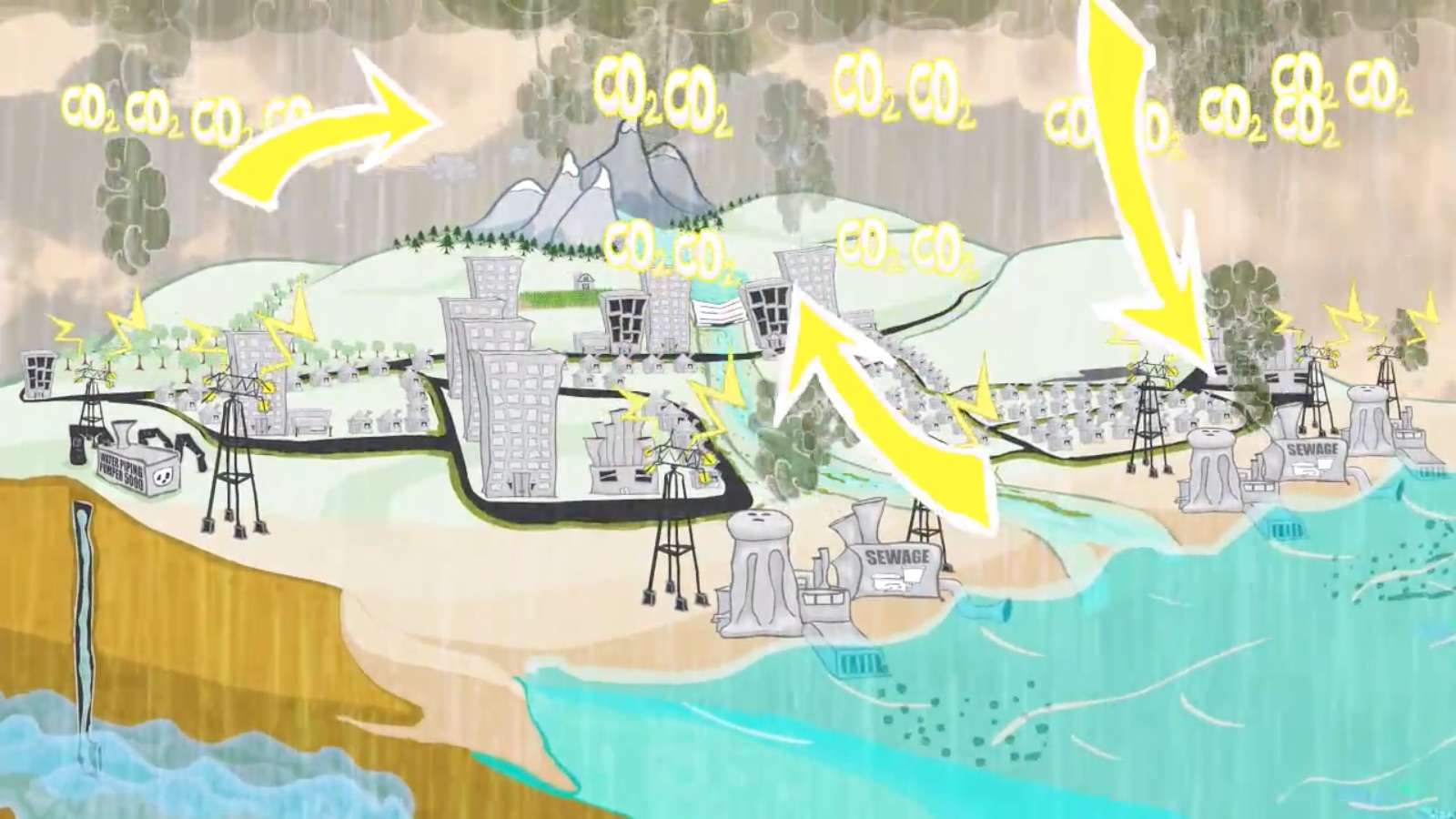Desalination Is Not the Panacea
More Destructive and Adverse for Marine Life Than Acknowledged

In response to Eberhard Brunner’s recent “Water in the West” op-ed, I’d like to share some facts about the true costs of desalinated water. Running the City of Santa Barbara’s desalination plant at its current capacity of 3,125 acre-feet per year (AFY) requires 13.8 million kilowatt hours (kWh) of electricity per year, or 4,416 kilowatt hours per acre foot. This is 42 percent more electricity than it takes to import water from the State Water Project (3,100 kWh/AF). Operating the desal facility at this capacity has alone increased the city’s electricity consumption by a full 50 percent. These figures come from the city itself. And the fact is, the desal plant is not operated on 100 percent renewable energy. Continuing to fully operate the plant when we are not in a drought emergency (and thus have other, cheaper, and less energy-intensive sources of supply available) greatly increases our greenhouse-gas emissions and feeds the cycle of climate change that will drive us into deeper and longer droughts in the future. Surfrider Foundation’s “The Cycle of Insanity” video summarizes this and related issues nicely.
Contrary to Mr. Brunner’s contention, Channelkeeper does not “object to the desalination plant out of principle.” We continue to highlight the facts about the significant environmental impacts of Santa Barbara’s desalination plant — not only its voracious energy consumption, but also the massive death toll it takes on marine life, both through the intake of seawater into the plant through antiquated open-ocean intakes as well as through the discharge of concentrated brine and soup of added chemicals from the plant back into the ocean right off of Stearns Wharf. These impacts are what drove the State Water Board to enact a new law in 2015 requiring desalination facilities to, among other measures, utilize less harmful subsurface intakes to minimize the mortality of marine life — a law that the City of Santa Barbara spent hundreds of thousands of tax payer dollars to evade having to comply with.
The only environmental impact assessments the city has done for its desal plant are more than 25 years old, when analysis and mitigation of greenhouse gas emissions was not required and when the plant was intended to operate only in times of drought. Moreover, the meager analysis of impacts on marine life was a study conducted offshore of Oxnard in the early 1980s that erroneously underestimated the volume of seawater (and thus marine life) intake by a factor of 45 (as admitted by the city’s consultant in a Regional Water Board hearing document) and was done using methods that would never be accepted by desal permitting agencies today. Perhaps this is why the city patently refuses to do a new and accurate EIR to analyze the environmental impacts of operating its desal plant now, even while it edges ever closer to making desal a permanent, major source of our water supply rather than just a drought buffer.
To be crystal clear — Channelkeeper has never outright opposed desalination; we’ve simply urged the city to first fully develop other, less environmentally harmful, local sources of supply, like recycled wastewater and stormwater capture, and to do more to increase conservation and water-use efficiency. Then, if there is still a shortfall in supply caused by drought, we’ve urged that desalination be used as an absolute last resort and only produce the bare minimum amount when needed, and that it employ the best available technologies to minimize its environmental impacts. This is not the route city leaders have chosen.
I encourage readers and Santa Barbara and Montecito rate payers to educate yourselves about the real costs of desalination and the advantages of our alternatives. Desalination is not the panacea the city is selling you, and we have the chance to set our community on a different course toward a more sustainable water future as the city formulates its new water management plan this year. Let’s not miss it.
Kira Redmond is executive director of Santa Barbara Channelkeeper.



